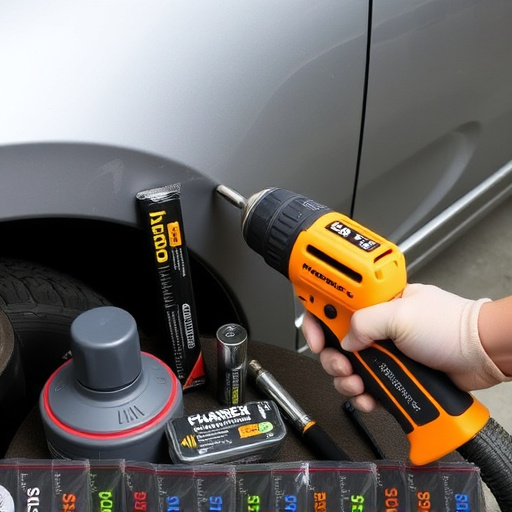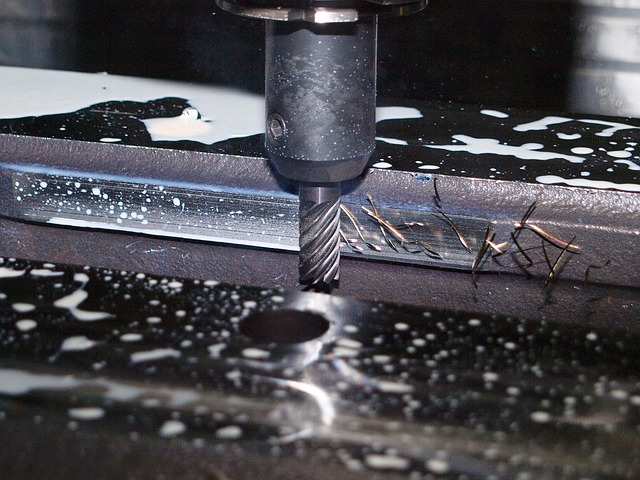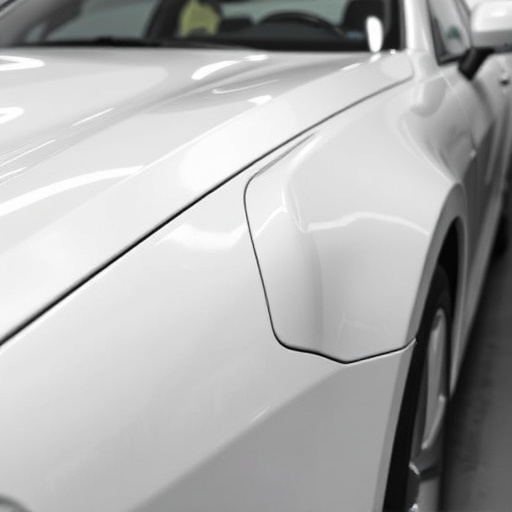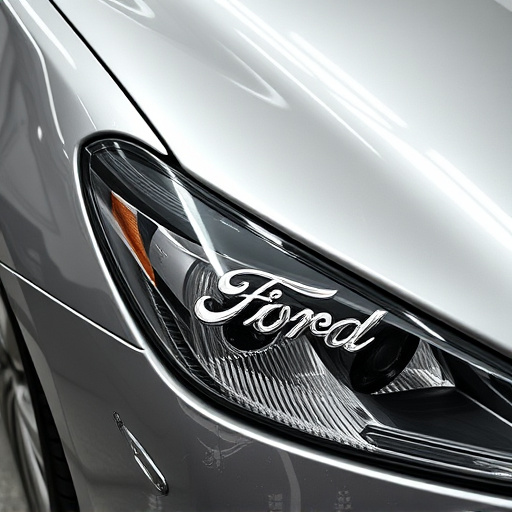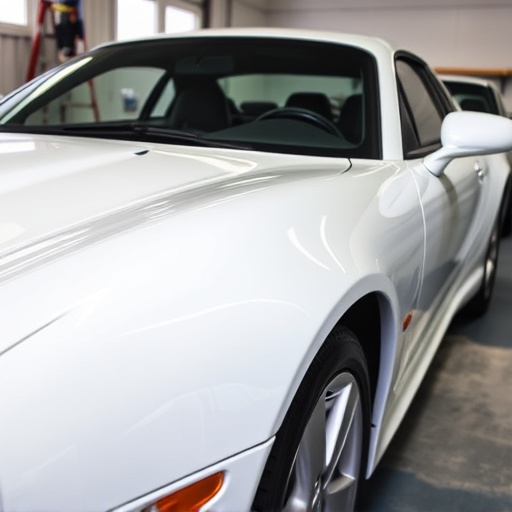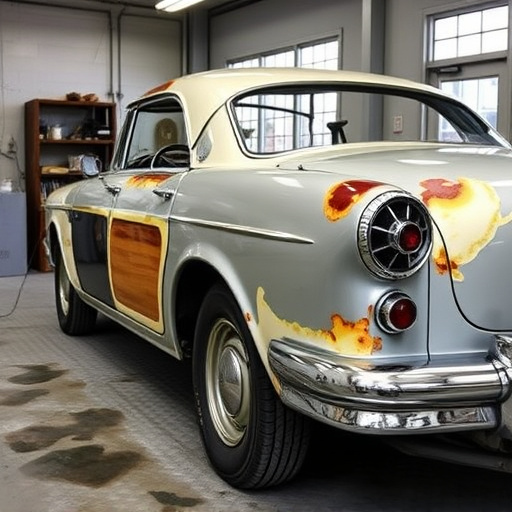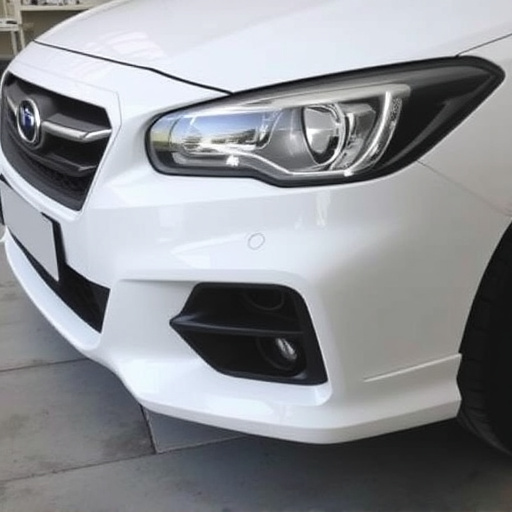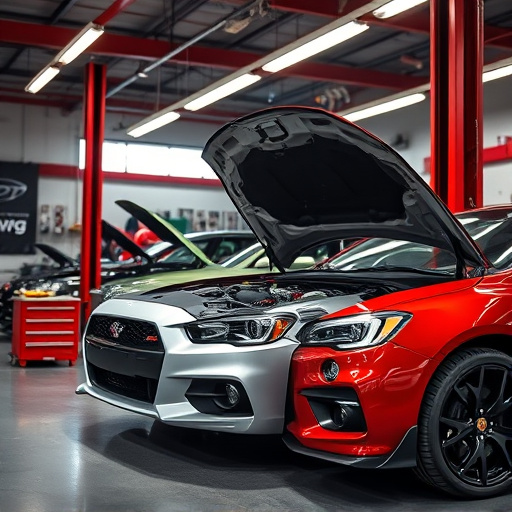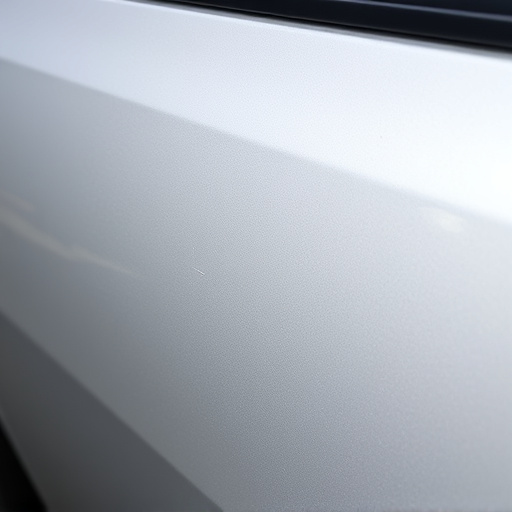Achieving OEM (Original Equipment Manufacturer) certification is crucial for collision repair shops to stand out in a competitive market. This certification guarantees high-quality auto body work and paint repairs, building consumer trust and enhancing shop reputation. The rigorous process involves applications detailing facilities, equipment, and staff training, followed by on-site inspections. Certified shops gain access to exclusive resources but must maintain standards through regular audits and investments to preserve their distinction in a competitive landscape.
Collision repair shops face increasing scrutiny to meet original equipment manufacturer (OEM) certification standards. This is driven by the need for high-quality, safe, and reliable repairs, ensuring vehicles return to the road in pristine condition.
This article explores the significance of OEM certification for collision repair shops, delving into the certification process, its benefits, and the challenges shop owners face in maintaining this prestigious status within the industry. Discover how achieving and retaining OEM certified status can empower collision repair businesses.
- Understanding OEM Certification: Why It Matters for Collision Repair Shops
- The Process of Obtaining OEM Certification for Collision Repairs
- Benefits and Challenges of Maintaining OEM Certified Status in the Industry
Understanding OEM Certification: Why It Matters for Collision Repair Shops

In the competitive landscape of collision repair services, achieving OEM (Original Equipment Manufacturer) certification is no longer an option but a necessity. This distinction signifies that a shop has met stringent industry standards set by vehicle manufacturers for both parts and processes. For collision repair shops, obtaining and maintaining this certification holds significant advantages. It ensures that their work aligns with the manufacturer’s specifications, guaranteeing superior quality in auto body work and vehicle paint repair.
OEM certification is crucial as it fosters consumer trust, enhances shop reputation, and opens doors to a wider customer base. Clients seeking top-tier car restoration services are more likely to choose certified shops, ensuring they receive accurate, safe, and reliable repairs. This validation also simplifies insurance claims processes, streamlining operations for both the repairer and the insured party.
The Process of Obtaining OEM Certification for Collision Repairs
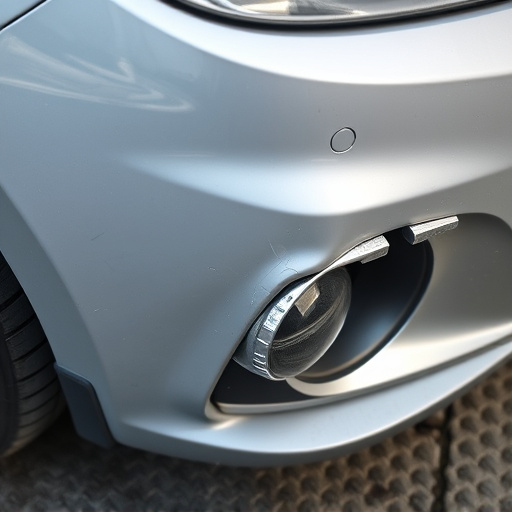
Obtaining OEM (Original Equipment Manufacturer) certification for collision repairs is a meticulous process designed to ensure quality and precision in auto body repair shops. The journey begins with an application, where the automotive body shop submits detailed information about their facilities, equipment, and staff training. This includes proving expertise in various aspects of car scratch repair and auto body repair techniques. An on-site inspection follows, conducted by representatives from the OEM, who assess the workshop’s adherence to industry standards and best practices.
During this evaluation, every corner of the shop is scrutinized, from the tools used to the work flow processes. The inspectors verify that the shop meets the manufacturer’s specifications for parts replacement and repair techniques, ensuring consistency with the vehicle’s original design. Once the shop demonstrates compliance across all criteria, including safety protocols and environmental considerations, they are granted OEM certification, signifying their competence in delivering top-tier collision repairs.
Benefits and Challenges of Maintaining OEM Certified Status in the Industry
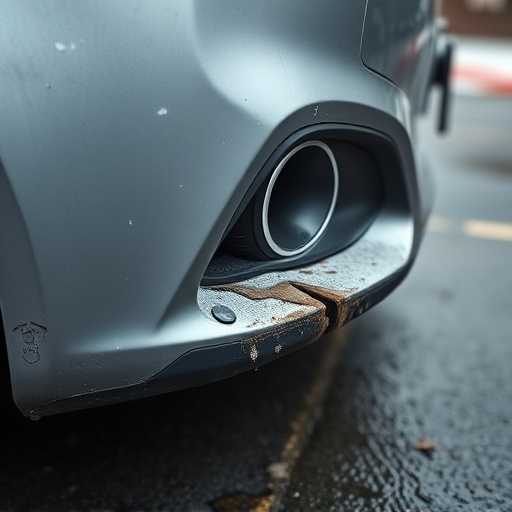
Maintaining OEM (Original Equipment Manufacturer) certified status for collision repair shops offers numerous advantages in a competitive market. One of the key benefits is enhanced credibility and trust among consumers. When a collision center boasts OEM certification, it assures customers that their vehicle repairs will meet or exceed the standards set by the vehicle manufacturer. This can lead to increased customer satisfaction and loyalty, as well as positive word-of-mouth recommendations. Moreover, OEM certified auto body repair facilities often have access to exclusive training programs, advanced tools, and genuine replacement parts, enabling them to provide superior quality auto body services.
However, preserving this certification is not without challenges. Collision centers must consistently adhere to stringent industry standards, which demands ongoing investment in staff training, equipment upgrades, and adherence to evolving manufacturer guidelines. Keeping up with these requirements can be a significant financial burden, especially for smaller repair shops. Additionally, the process of maintaining OEM certification requires rigorous inspections and regular audits, adding another layer of complexity to daily operations. Despite these challenges, embracing and upholding OEM certified collision repair standards remains a strategic move for auto body repair businesses aiming to stay competitive and relevant in an ever-evolving market.
Collision repair shops aiming to stay competitive in the industry must embrace OEM certification as a key standard. By understanding the significance of this certification, navigating the rigorous process, and recognizing both its benefits and challenges, shops can ensure they provide high-quality repairs that meet original equipment manufacturer (OEM) standards. This commitment not only fosters trust with customers but also positions them as leaders in the industry.
